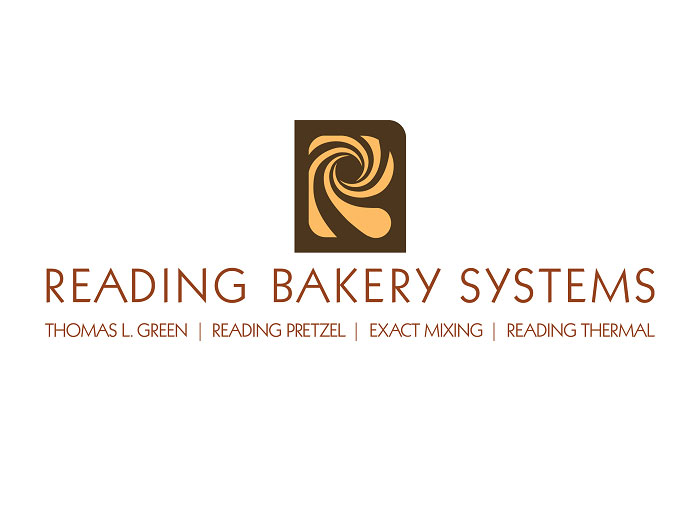Everything Automated: Lights Out Continuous Mixing
August 1, 2024 | 2 min to read
Reading Bakery Systems has revolutionized the mixing process by implementing fully automated continuous mixing systems that aim to function independently, minimizing the need for staff intervention. Experts note that while mixing is complex, new technology allows for greater control over the process, ensuring quality and consistency from the outset. Automated systems adjust parameters based on real-time data, guaranteeing accurate recipe dosing and enhancing production efficiency throughout various stages of baking.

Reading Bakery Systems has fully automated the mixing process with their continuous mixing systems. The ultimate goal is to have systems running independently, without any need for staff intervention. And, while mixing may be among the most complex manufacturing processes in a bakery, today’s mixing technology is very close to this goal.
“This is because, complex as it may be, the process consists of sequenced, measurable and controllable steps. Not only are the latest mixers controllable, but the control packages are rich in data to demonstrate the process is repeatable,” specialists from RBS emphasize. Integrated controls can already address decision points instead of an operator who requires training and experience. With fully automated mixers, “Quality and consistency are confirmed at the beginning of the baking process and not at the end of the process,” they add. Continuous mixing systems can take input from other parts of the line, such as hopper levels, operation status of downstream equipment, and data inputs such as temperature, and use it to automatically adjust the mixing system parameters to assure consistent production and product quality.
Handling Materials
Bulk handling is a similar process for continuous and batch mixers, throughout every step of the mixing process: Dosing: The benefit of automated continuous mixing is that the accuracy of the recipe is guaranteed, at any given moment of the day, or season. “The dosing by metering equipment is critical to this step. It is important that gravimetric metering, not volumetric is used, to guarantee the high degree of accuracy needed. Loss-in-weight feeders are used for powders and pump and flow meters are used for liquid ingredients,” RBS explains. Solid fats, or delicate components (berries, for example) require more specialized equipment.
To read the rest of the story, please go to: Reading Bakery Systems
